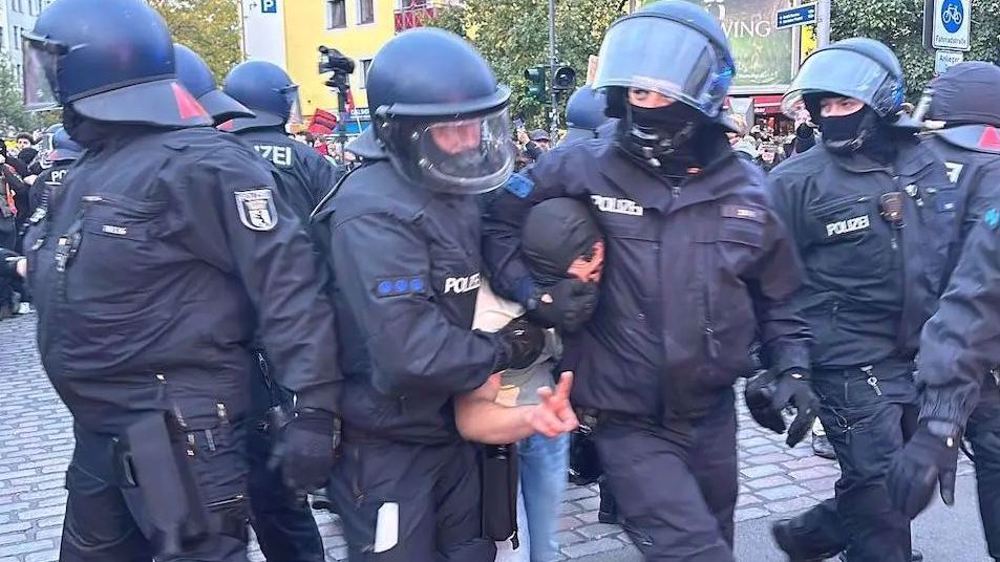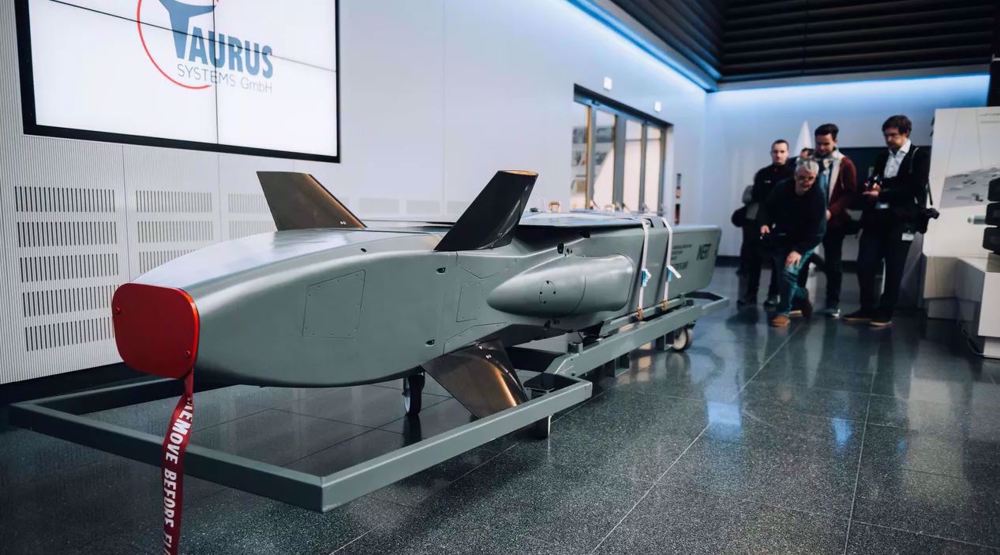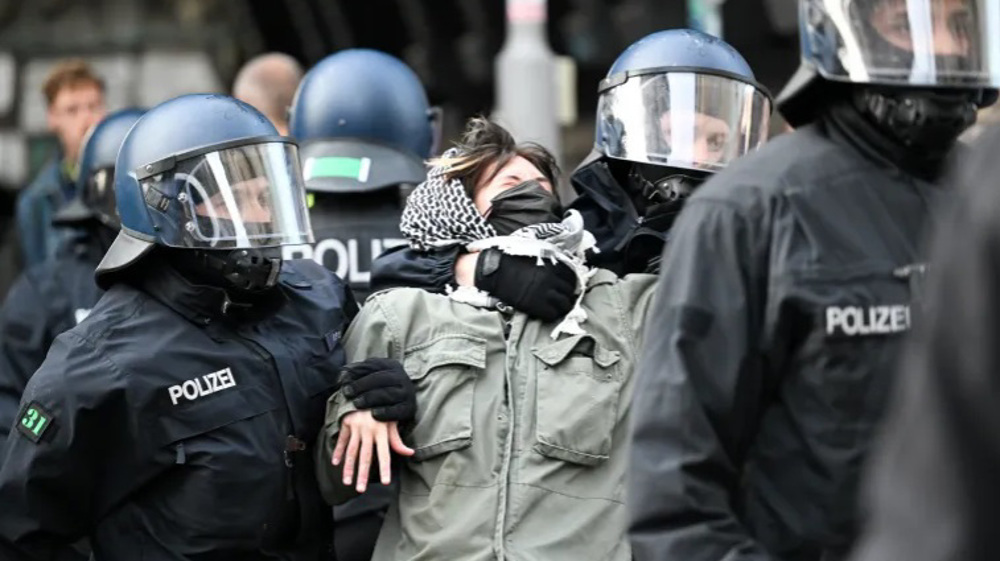US, NATO flex muscle with ‘largest artillery drill’ in Europe
The United States and its NATO allies have been conducting an annual drill that is said to be Europe’s “largest artillery exercise” since the end of the Cold War in 1991.
More than 3,700 soldiers from 26 NATO countries have been participating in the multinational war games known as Exercise Dynamic Front 18 in Germany.
The number of troops is almost three times the number of those that participated in the drill last year.

The US Army-led exercise, which kicked off on February 23, will wrap up on Saturday, Pentagon newspaper Stars and Stripes reported. The focus of the drill is to improve communication between artillery units from the different nations, it said.
“I think everybody realizes the importance of readiness, and this is a great readiness-building exercise,” said Timothy McGuire, the deputy commanding general of US Army Europe. “Also, units are realizing how much we can do on this training area and the kind of quality experience you get when you work together here.”
For the first time, all militaries used a new shared digital communications software, known as the Artillery Systems Cooperation Activities (ASCA), in the drill, according to McGuire.
The system, which is currently used by the US, Germany, France, Italy, and Turkey, would also be used by four more nations this year.
“Up until the late '90s, soldiers would call for artillery fire with radios, and it might take 10 to 15 minutes to get support. Now we do it digitally, and this saves a lot of time,” said commanding general of the 7th Army Training Command, Antonio Aguto. “This is a huge asset to our soldiers.”

Western countries often brandish the so-called Russia threat to conduct drills and build up forces in Europe and close to Russian borders.
Moscow, which is wary of NATO’s military buildup near its western borders, has beefed up its southwestern military capacity. It has deployed missile systems to its Baltic enclave of Kaliningrad bordering Poland and Lithuania.
Relations between Russia and the West have nosedived to their lowest level since the days of the Cold War in recent years, following the eruption of armed conflict in Ukraine in 2014.

German police arrest pro-Palestine students at Humboldt University

Kremlin warns Germany sending Taurus missiles to Ukraine risks 'escalation'

Leaked emails show German officials pressing staff into deporting pro-Palestine activists
MIT forced to cut ties with Israeli weapons maker Elbit Systems
Third round of indirect Iran-US talks kick off in Muscat
VIDEO | Honduras popular democratic project
Tehran slams Paraguay’s blacklisting of IRGC as illegal, tied to Israeli agenda
Israeli forces kill Palestinian teenager in occupied West Bank
US government deports two-year-old citizen 'with no meaningful process'
Spain granted 46 contracts to Israeli military firms since Gaza war began: Report
Yemeni ballistic missile triggers sirens across Israeli-occupied territories









 This makes it easy to access the Press TV website
This makes it easy to access the Press TV website